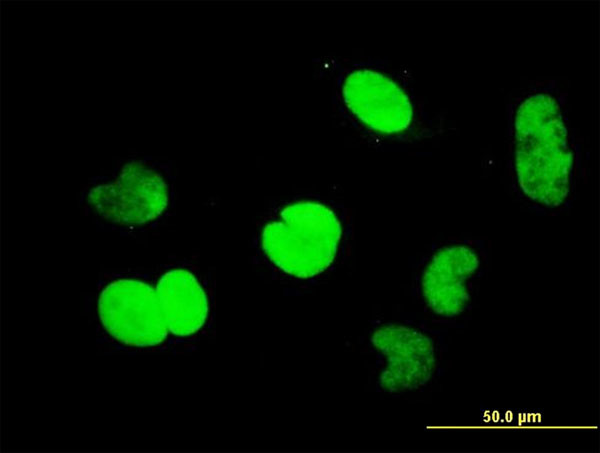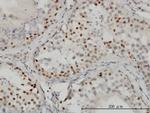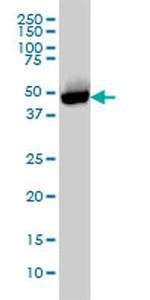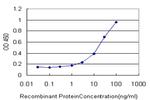Search Thermo Fisher Scientific
Product Details
H00001487-M01
Species Reactivity
Host/Isotype
Class
Type
Clone
Immunogen
Conjugate
Form
Concentration
Purification
Storage buffer
Contains
Storage conditions
Shipping conditions
Product Specific Information
Sequence of this protein is as follows: MSGVRPPIMN GPLHPRPLVA LLDGRDCTVE MPILKDVATV AFCDAQSTQE IHEKVLNEAV GALMYHTITL TREDLEKFKA LRIIVRIGSG FDNIDIKSAG DLGIAVCNVP AASVEETADS TLCHILNLYR RATWLHQALR EGTRVQSVEQ IREVASGAAR IRGETLGIIG LGRVGQAVAL RAKAFGFNVL FYDPYLSDGV ERALGLQRVS TLQDLLFHSD CVTLHCGLNE HNHHLINDFT VKQMRQGAFL VNTARGGLVD EKALAQALKE GRIRGAALDV HESEPFSFSQ GPLKDAPNLI CTPHAAWYSE QASIEMREEA AREIRRAITG RIPDSLKNCV NKDHLTAATH WASMDPAVVH PELNGAAYRY PPGVVGVAPT GIPAAVEGIV PSAMSLSHGL PPVAHPPHAP SPGQTVKPEA DRDHASDQL
Target Information
This gene encodes a protein that binds to the C-terminus of adenovirus E1A proteins. This phosphoprotein is a transcriptional repressor and may play a role during cellular proliferation. This protein and the product of a second closely related gene, CTBP2, can dimerize. Both proteins can also interact with a polycomb group protein complex which participates in regulation of gene expression during development. Alternative splicing of transcripts from this gene results in multiple transcript variants.
For Research Use Only. Not for use in diagnostic procedures. Not for resale without express authorization.
References (0)
Bioinformatics
Protein Aliases: brefeldin A-ribosylated substrate; C-terminal-binding protein 1; CtBP1; MGC104684
Gene Aliases: BARS; CTBP; CTBP1
UniProt ID: (Human) Q13363
Entrez Gene ID: (Human) 1487

Performance Guarantee
If an Invitrogen™ antibody doesn't perform as described on our website or datasheet,we'll replace the product at no cost to you, or provide you with a credit for a future purchase.*
Learn more
We're here to help
Get expert recommendations for common problems or connect directly with an on staff expert for technical assistance related to applications, equipment and general product use.
Contact tech support




